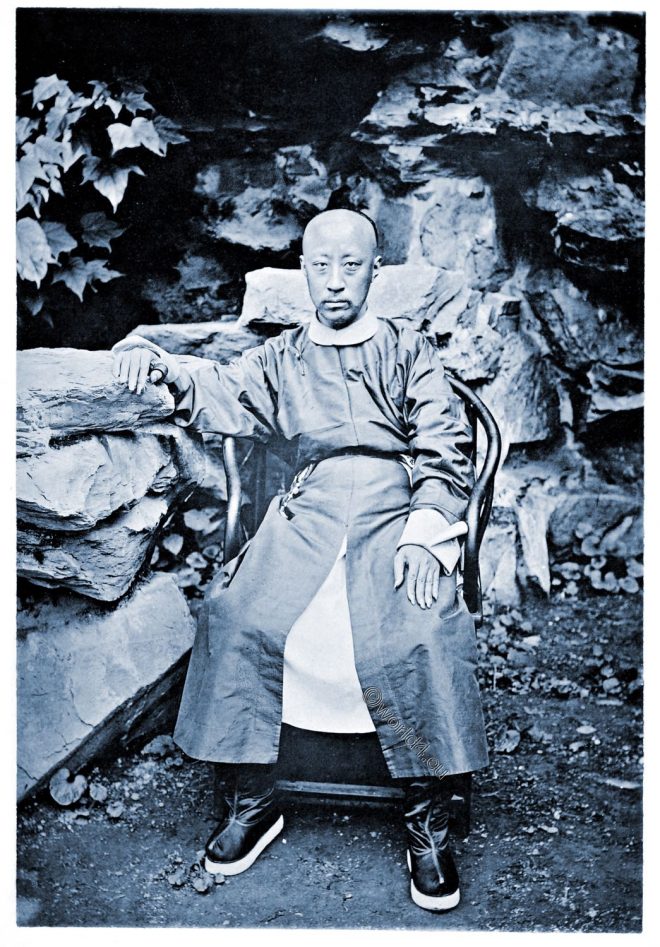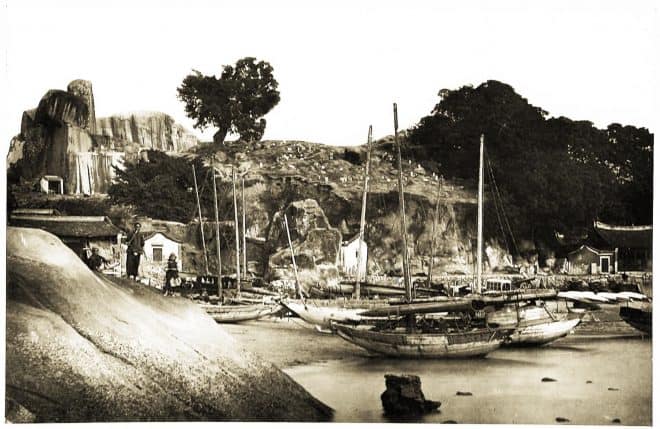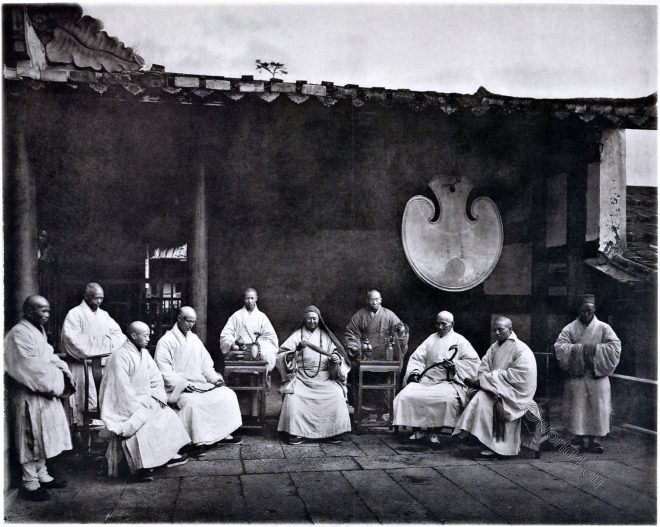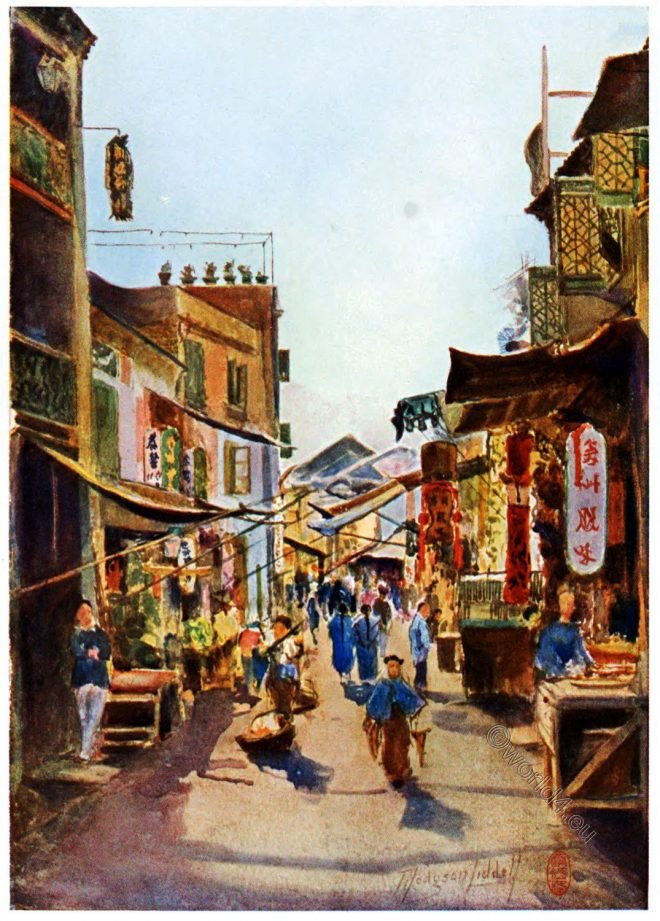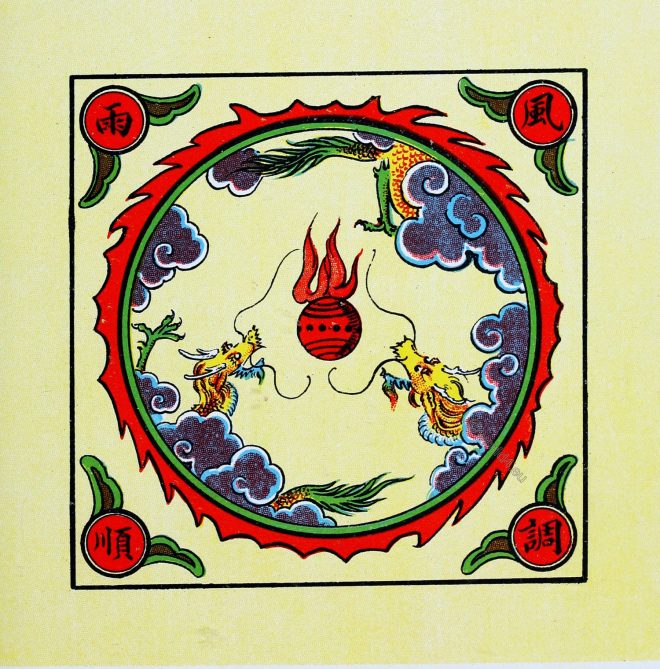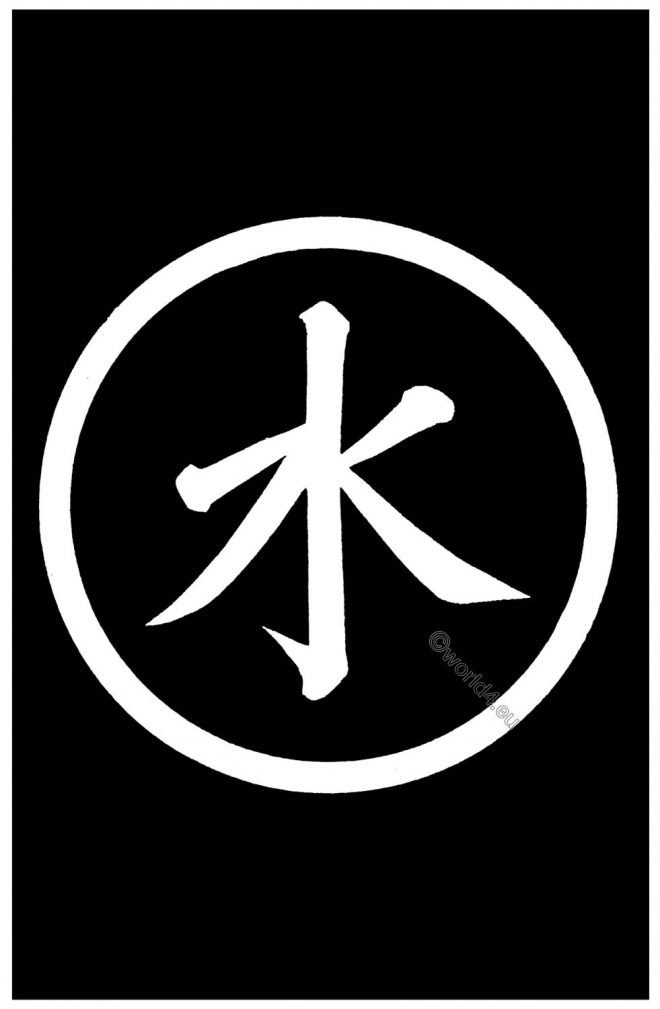PRINCE KUNG. Illustrations of China and its people: a series of two hundred photographs, with letterpress descriptive of the places and people represented by John Thomson.
Tag: Chinese Theme
Chinese culture in the 19th century. Travelogues, cultural history, mythology.
Inhabitants of Xiamen, China. 19th c.
Inhabitants of the south chinese city Xiamen at the end of the 19th century.
View of the Yuenfu Monastery near Foochow (now Fuzhou), China 1871.
Yuen-fu Monastery Cave, Fukien province, China. THIS Buddhist monastery is remarkable rather for its romantic situation than for any historical associations. Illustrations of China and its people by John Thomson.
Amoy Harbour. The Port of Xiamen in 19th century.
Amoy, today Xiamen, Fujian Province China, was one of the earliest ports to which foreigners resorted.
The Abbot and Monks of Kushan Monastery about 1870.
The similarity between the Buddhist faith and the Roman Catholic churches may be traced even more minutely than this. “Buddhists everywhere have their monasteries and nunneries, their baptism, celibacy and tonsure, their rosaries, chaplets, relics, and charms, their fast-days and processions, their confessions, mass, requiems, and litanies, and, especially in Tibet, even their cardinals, and their pope.”
Old bridge in Chao-Chow-Fu, Guangdong, China.
Guangji Bridge (Chaozhou). Kwangtung province, China.
Chinese Pagoda, Kwangtung Province, on the right bank of the Han river.
The one shown here stands on the right bank of the Han river, near Chao-chow-fu, and, like all the best examples of such edifices, the whole ground structure up to the first story is composed of stone.
Macao in 1834. The settlement of Chinese, British and Portuguese traders.
The occupation of Macao by a grant from the head of the celestial empire to the Portuguese, as a reward for their services against the pirates infesting the islands at the mouth of the Canton river, took place on or about the year 1586.
Buddhist charm for ending drought. Chinese superstition.
Buddhist “Tso-fu-sze” ceremony performed to evoke rain and end drought, illustrated in a charm.
Taoist protective formulas against house fires.
Taoist priests use colored charms and rituals to protect and cleanse homes from fire, invoking the God of Fire.

